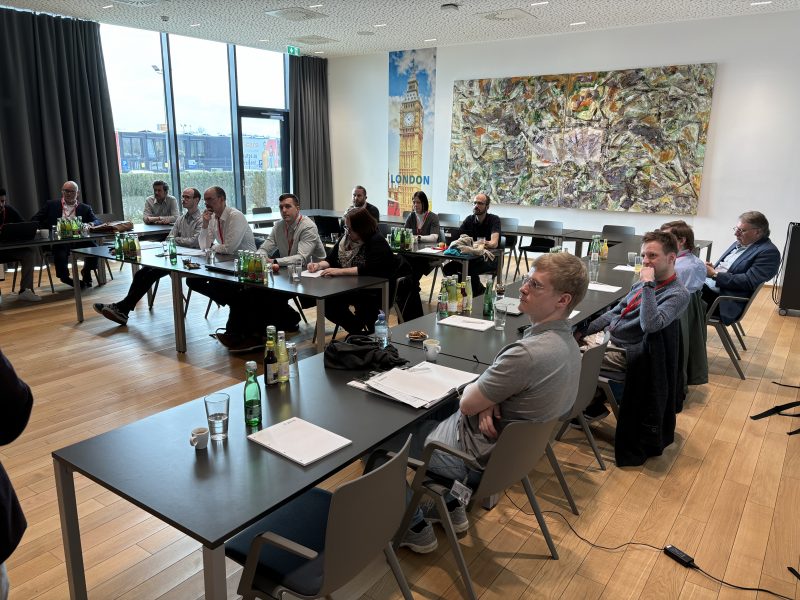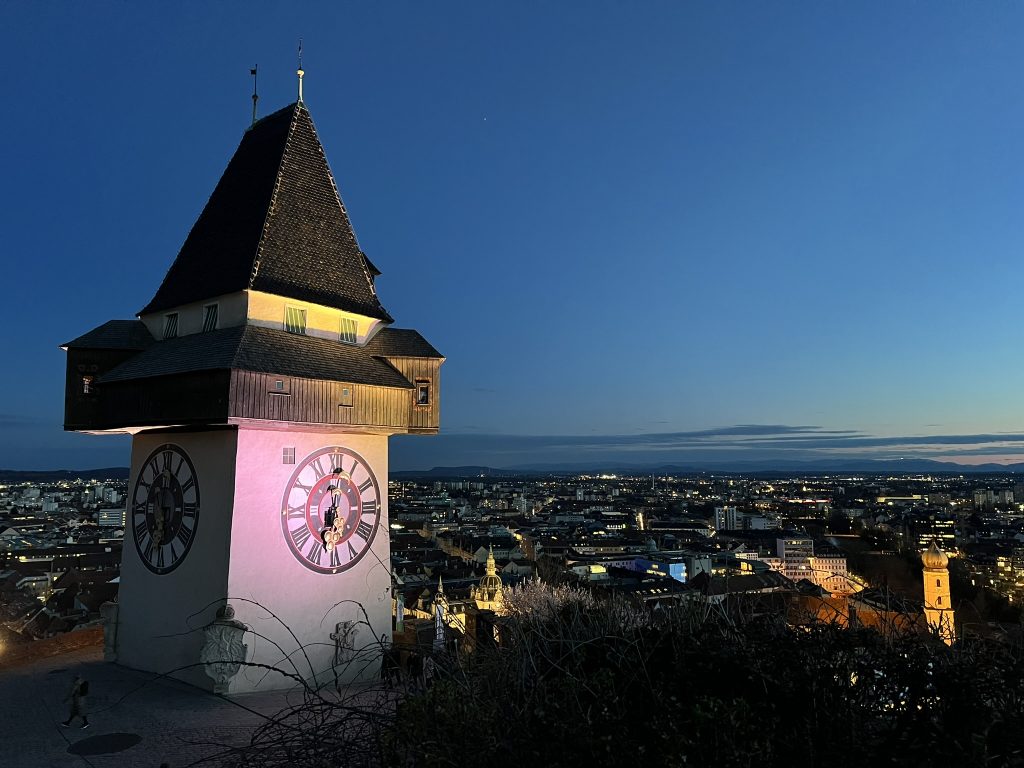Simulation offers manifold options to improve sustainability in the process industry. Sustainability issues can already be considered in the design of process plants or while optimizing existing plants without significant influence on economic efficiency and competitiveness. The aim of the 12th Working Group Process Simulation on March 14, 2024, in Lieboch near Graz, Austria, was to explore opportunities to improve sustainability in the process industry with simulation.

The participating simulation experts from research and industry were introduced to the topic by Hans Eder and Alexander Schaller (both ZETA GmbH). Their presentation was based on the 17 UN Sustainable Development Goals: In particular, the supply of economical and clean energy, industrial and infrastructural innovation and responsible production are components of the UN Charter, which are within the reach of engineering activities. The speakers then put this into concrete terms using the example of Cleanroom Design: Simulation can not only reduce investment and operating expenses by at least a quarter; it has also been possible to demonstrate savings of up to three quarters of thermal energy.
Simulation as key to sustainability
Johannes Nathan (Exyte GmbH) then presented six practical examples based on the Measures Process Optimization, Procedure Optimization, Comparison of Technology, Sustainable Design, Pinch Technology, and Media & Power Management. Using INOSIM Simulation, Exyte has been able to identify and time-resolve energy sources and sinks. Furthermore, the simulation showed that the CO2 emissions of processes with single use equipment were lower than with permanent stainless steel equipment due to the absence of CIP processes. However, the future use of renewable energy in heat generation could show a different picture. The selection of WFI technology and generators Simulation is indispensable to determine whether the generator can operate “well”: few starts and stops, as continuous operation as possible. Another type of simulation was used to scale logistics areas and personnel changing rooms appropriately.
Pharma: Health as a sustainability feature
Johan Remmelgas of the Graz-based Research Center Pharmaceutical Engineering (RCPE) broadened the discussion to include the UN sustainability goal of health and well-being. For example, in the production of pharmaceuticals, simulation is also used to achieve better bioavailability of the active ingredients. However, the reduction of waste and energy consumption achievable with simulation also makes greater use of this technology in the pharmaceutical industry desirable from a sustainability point of view. The presented discrete element simulation, which simulates the interaction of individual active ingredient and filler particles in the mixer in front of the tablet press, offered to the participants an interesting insight into a completely different world of simulation.
INOSIM: Integrated refrigeration and heat supply
Dominik Wolff then reported from an INOSIM Consulting project on integrated refrigeration and heat generation: The provision of industrial refrigeration accounts for around two percent of the electricity demand in Germany. At the same time, the waste heat generated is usually simply released into the environment without further use. In the simulation with INOSIM, a concept with integrated heat extraction for the heating of buildings was tested and the actual event-discrete simulation was used for a time-discrete simulation. The simulation based on historical outside temperature curves, variable heating and refrigeration requirements provided answers to important economic questions, and Dominik Wolff drew a positive conclusion: customer satisfied, concept confirmed, new applications for INOSIM pointed out.
Workshop: Productive exchange
In the workshop following, the participants took the opportunity to directly address the issues discussed. This included a joint brainstorming in two groups, the evaluation of the previously discussed areas according to their feasibility with the help of discrete event simulation, and the exploration of the potential of simulation effects for sustainable development, followed by mutual presentation and discussion of the results.
As usual, the meeting of the Process Simulation Working Group was embedded in a cozy get-together the evening before: an entertaining tour through the picturesque old town of Graz and the Schlossberg. Highlight for the young and young-at-heart participants: the slide back to the foot of the mountain, Graz’ well-known Schlossbergrutsche, the largest underground slide in the world!

Looking ahead to the next meetings
The date for the 13th meeting of the Working Group on Process Simulation has already been set: on September 26, 2024, it will take place in Würzburg following the Smart Process Manufacturing Congress 2024, at which members of the Working Group will once again be able to attend at very discounted rates. And even the organizer of the 14th meeting has already been found: SimPlan AG will hosting an invitation to Hanau in spring 2025.
Up-to-date information can be found here and on the Homepage of the Working Group Process Simulation.
Do you have any questions or would like to know more about this topic? Please contact us.





